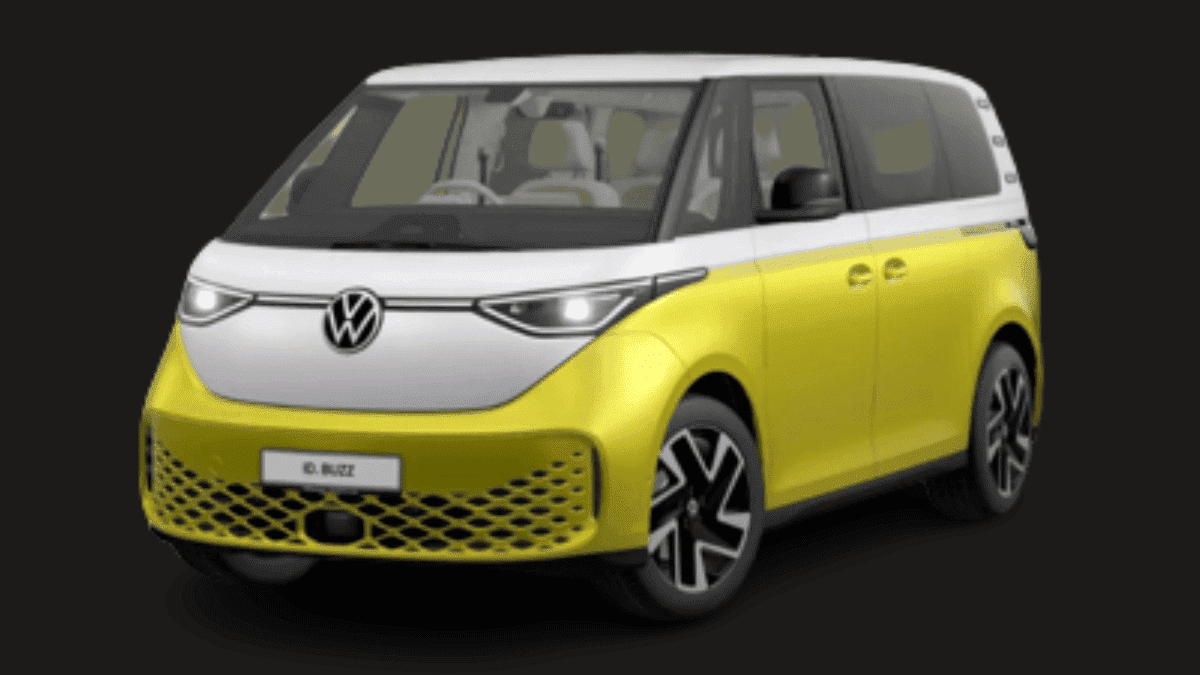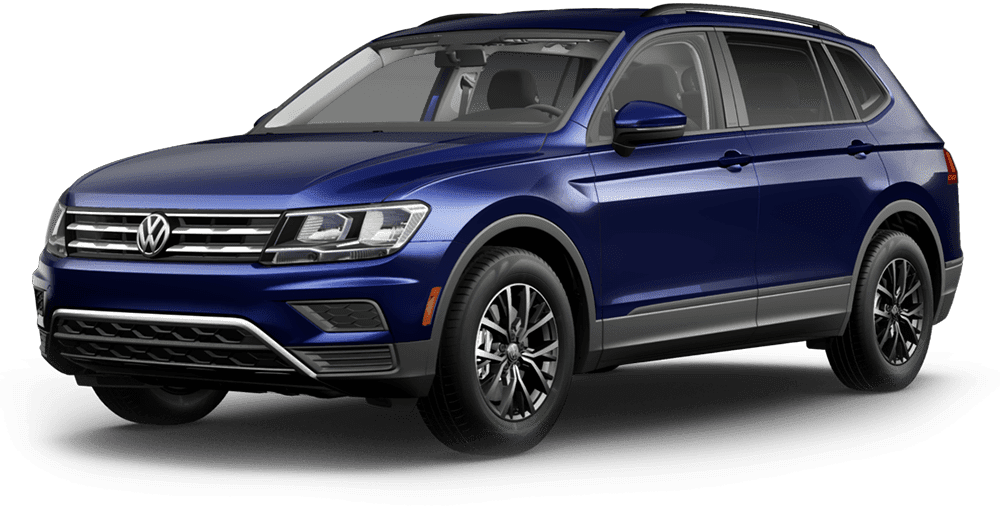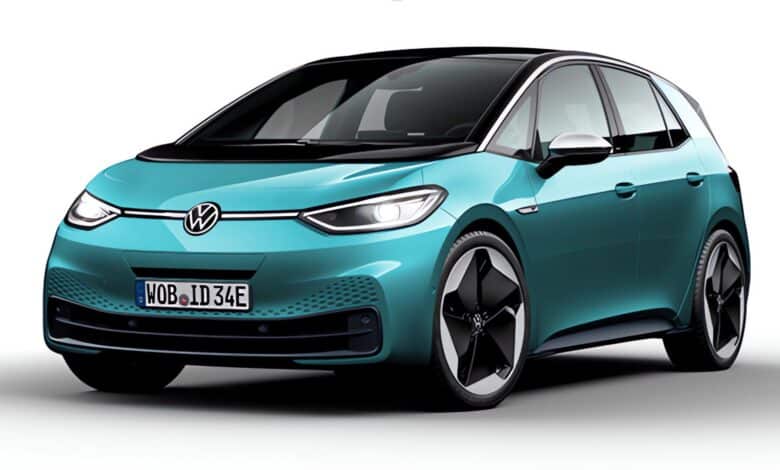Recent updates to ensure that the Volkswagen T-Roc remains one of the best small SUVs on the market.” The inside…
Read More »Volkswagen
About Volkswagen

Car ownership was seen as a luxury in Germany in the 1930s, with barely 1 in 50 citizens owning a personal vehicle. The German Labor Front established Volkswagen, which means “people’s car,” in 1937 to create an economical sedan that could transport four people and reach 60 mph. This was done to provide accessibility to mobility for the general public. Ferdinand Porsche developed the first Volkswagen vehicle, the Porsche Type 60, with an air-cooled, rear-engine, rear-drive chassis. This platform ultimately became a cornerstone of the brand’s engineering.
However, by the time a factory was constructed, World War II had already begun, and the assembly line had been repurposed to produce war vehicles. The sedan manufacturing was restarted after the war, under the name Volkswagen Type 1, with the plant in ruins (and after Henry Ford turned down a free offer to buy it).
The Type 1 was imported to the US iU.S.1949 under the Volkswagen Beetle nameplate. The Type 2 Microbus made its debut the year after that. The Beetle sold one million units in the United States by 1955, the same year the Volkswagen Group of America was established. The popularity of the Beetle opened the way for Volkswagen’s subsequent success on the global stage for producing inexpensive, distinctively designed automobiles with German engineering.
With clever allusions to the Bug’s quirky appearance and small size, the “Think Small” advertising campaign helped give VW’sV.W.’snd a young edge in 1959. The automobile was portrayed as the odd companion of the protagonist in Disney’s “Love Bug” in 1968. Consumers in the United States were ready to adore it when VW’sV.W.’s Stanton, Pennsylvania facility opened in 1978 to produce the Rabbit, an American variant of the Golf. The Dasher made its début in 1974 before finally adopting the moniker Passat in Europe.
The principal factory after the Pennsylvania facility was closed, VW’sV.W.’snt in Puebla, Mexico, had manufacturing delays during the beginning of the 1990s, which negatively impacted the company’s U.S.U.S.es. Before the 1993 introduction of the Jetta in the United States, VW’sV.W.’sure in North America was unclear. Sales quickly recovered thanks to the tiny sedan’s appeal, and many people believe the Jetta kept Volkswagen in the area in the first place. In 1998, Volkswagen brought back the Beetle under the name New Beetle. It was built on the Jetta chassis and had a conventional front-mounted engine.
Through the millennium, Volkswagen continued to expand quickly, mainly as it started to promote its TDI “clean diesel” cars. Volkswagen was implicated in the “Dieselgate” scandal in 2015 for installing “defeat devices” in the half-million diesel-powered VW vV.W.icles that were on American roads to evade strict federal emissions tests that look for excessive levels of the dangerous smog-forming pollutant nitrous oxide, or NOx. Additionally, ten million additional automobiles globally were impacted. The extent of the deceit damaged VW’sV.W.’sge.
Volkswagen has been in recovery mode for the last five years, initially suspending manufacturing and sales of its TDI models before either purchasing the impacted cars back from owners or compensating owners for decreased resale value. Additionally, VW hV.W. committed to a comprehensive line of electric vehicles dubbed the ID—I—Dries, which it has already started releasing as concept cars. The all-electric eGolf debuted in 2017, while the Buzz ID, a redesigned Microbus, is scheduled to appear in 2022.
Volkswagen’s stylish Buzz Panel Van delivers comfort and technology from passenger cars to the commercial market, but payload and pricing…
Read More »Tiguan by Volkswagen. You won’t feel shortchanged by the vehicle you get for your money, even though it isn’t the…
Read More »This brand-new Volkswagen ID.3 electric hatchback and the upcoming ID.4 SUV are the subjects of the genuine buzz. Don’t be…
Read More »



